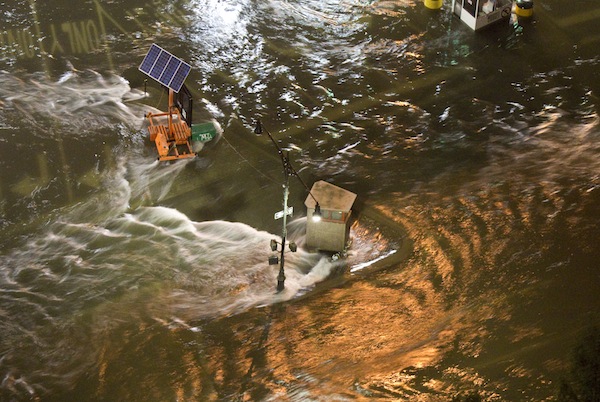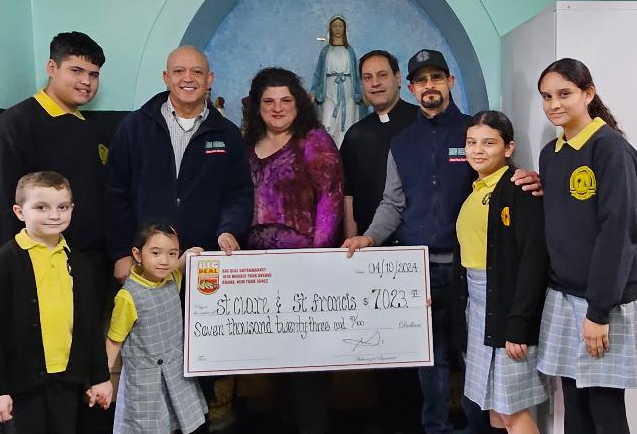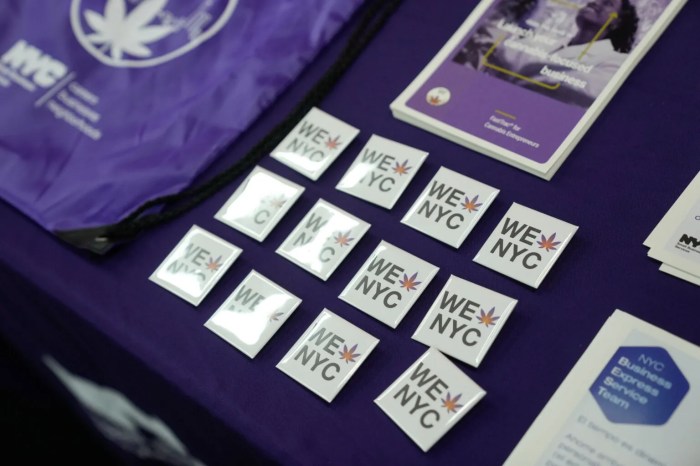BY LINCOLN ANDERSON | The federal government has allocated $335 million to protect the Lower East Side against future storm surges. Now officials and local activists want community members to get involved in helping figure out exactly how to spend those anti-deluge dollars.
Two workshops will be held to gather input. The first will be on Thurs., March 19, at Bard High School Early College, at 525 E. Houston St., and the second will be on Mon., March 23, at Washington Irving High School, at 40 Irving Place, at E. 17th St. Doors open both nights at 6:30 p.m. Presentations begin at 7 p.m. An engagement exercise and Q&A will follow the presentation.
As part of the U.S. Department of Housing and Urban Development’s Rebuild by Design competition, in November 2013 the BIG (Bjarke Ingels Group) Team was picked to focus on the protection of Manhattan.
Their winning project, the Big U, calls for a protective system around the borough from W. 57th St. down to the Battery and up to E. 42nd St., comprising coordinated plans for three individual but connected regions of waterfront. Each of these areas, called “compartments,” is a physically separate flood-protection zone.
In June 2014, HUD awarded $335 million for the compartment from Montgomery St. to E. 23rd St., dubbing it the East Side Coastal Resiliency Project.
When completed, this section — which will feature a protective, planted berm, similar to a levee — will not only shield the area from flooding, but is expected to provide greater access to the waterfront, more open space and other benefits to the community.
Last Friday, pols and other stakeholders gathered at Solar One, at E. 23rd St. at the East River, to urge a surge of community involvement.
“We have a once-in-a-lifetime opportunity to transform the waterfront along the East Side in a way that will increase resiliency and protect our neighborhoods from future storms,” Maloney said. “It’s up to us to design a project that will use these funds in a way to provide maximum protection and benefit for the neighborhood. The meetings in March are an opportunity for residents to come out and have your thoughts, opinions and wishes heard.”
Said Councilmember Dan Garodnick, “Sandy taught us a lesson about our need to better prepare Manhattan’s vulnerable coastline from storm surge. And we will need to design carefully in a way that protects our property while not cutting us off from the waterfront.”
There will be more opportunities for community input, said Gigi Li, Community Board 3 chairperson.
“Looking ahead in the next couple of months,” she said, “there will be a series of engagement sessions to garner input from the community. We encourage residents and stakeholders to share their thoughts and be part of the planning process in determining the next steps for this historic project.”


















